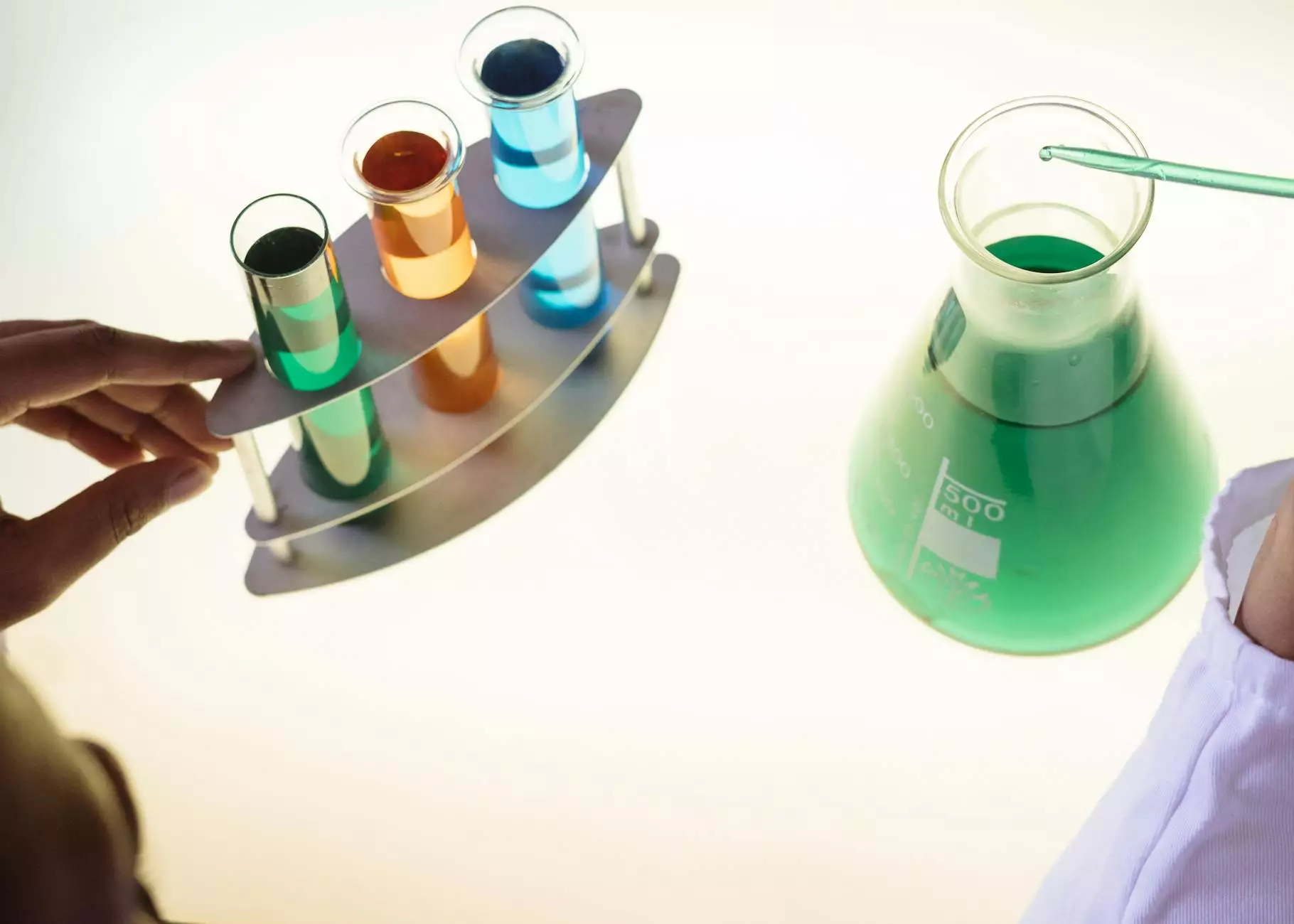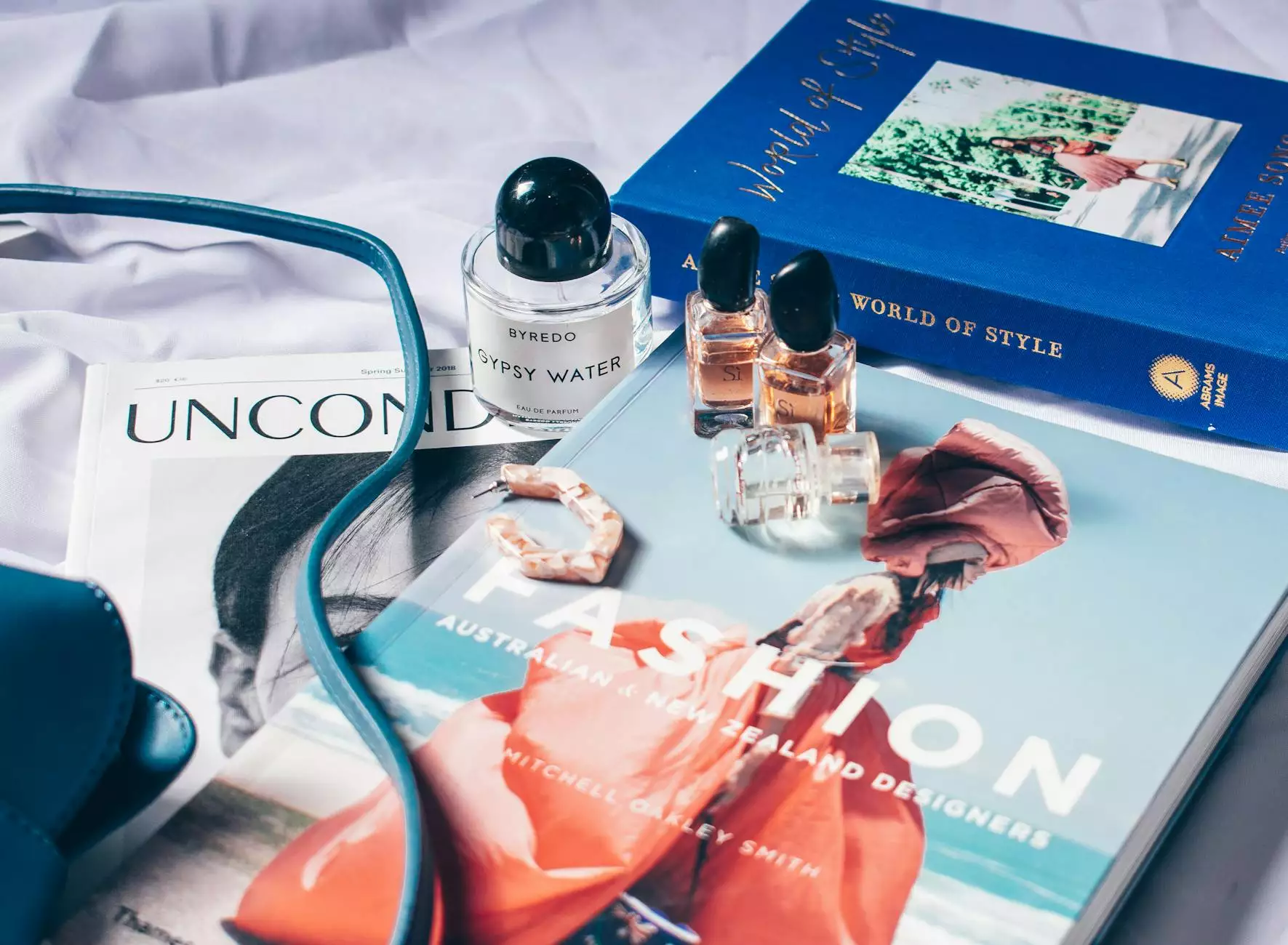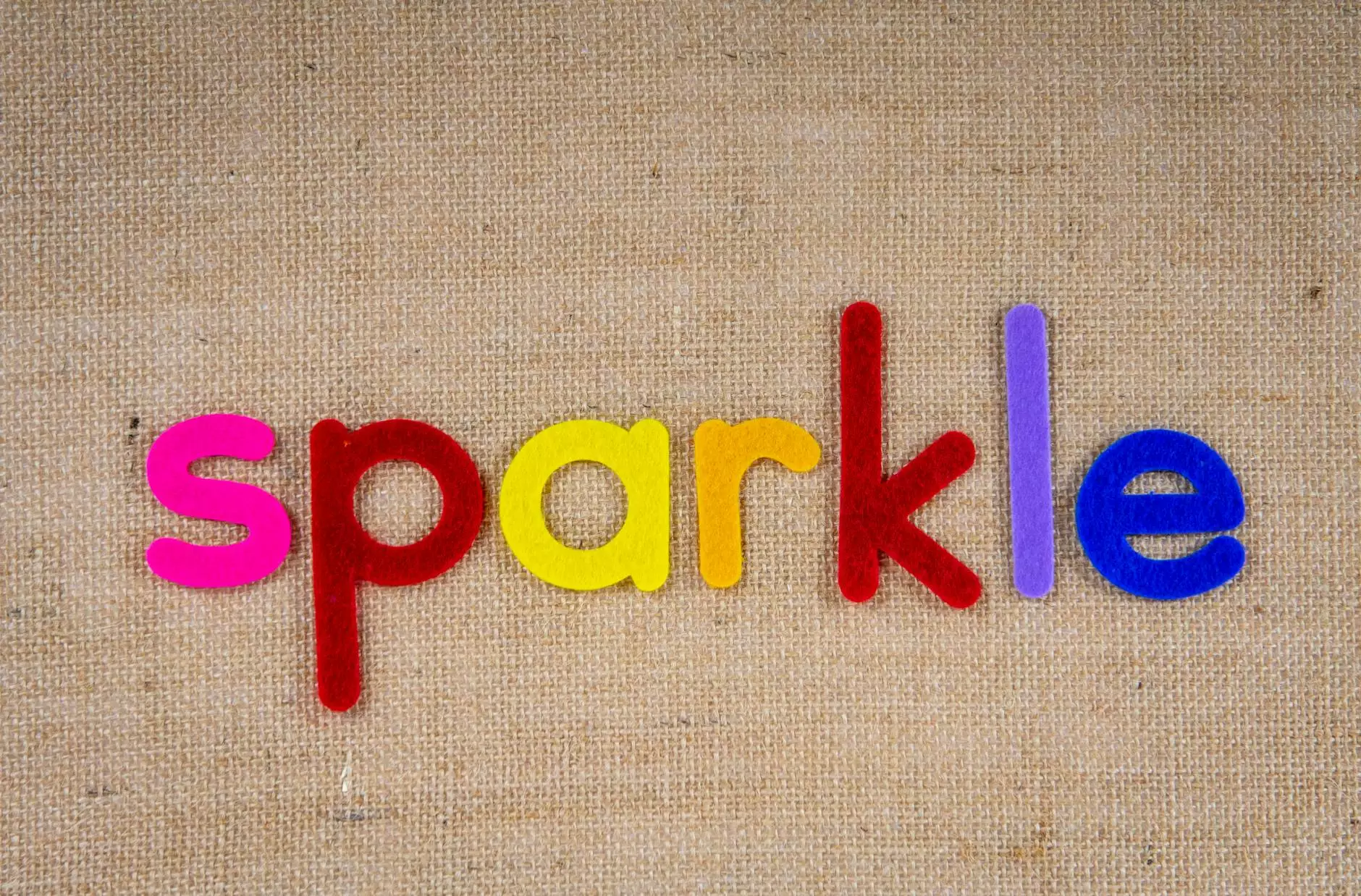The Psychology of Color and Food Choices

When it comes to the world of food and dining experiences, color psychology plays a crucial role in influencing our choices and preferences. The colors of the foods we consume can have a profound impact on our perception, appetite, and overall dining experience. In this article, we will delve into the fascinating connection between color psychology and food choices, with a specific focus on the effects of food coloring on the eyes.
Understanding Color Psychology for Food
Color is a powerful tool that can evoke various emotions and responses in individuals. This is particularly true in the realm of food, where the visual appeal of a dish can greatly influence our desire to consume it. Food coloring is commonly used by manufacturers to enhance the appearance of food products, making them more visually appealing to consumers. However, the use of artificial food dyes has raised concerns about their potential impact on our health, especially when it comes to our eyes.
The Impact of Food Coloring in the Eye
While food coloring may make food products look more vibrant and appealing, it's essential to consider the potential effects of these additives on our eyes. Research has shown that certain food dyes, when consumed in large quantities, can lead to adverse reactions in sensitive individuals. For instance, some people may experience eye irritation or discomfort after consuming foods with high levels of artificial food coloring.
Food Dye in Eyes: Risks and Precautions
Individuals who are allergic or sensitive to certain food dyes should be cautious when consuming products that contain these additives. Symptoms of food dye sensitivity in the eyes may include redness, itching, swelling, or even more severe reactions in extreme cases. It is important to read product labels carefully and opt for natural food coloring alternatives whenever possible to reduce the risk of adverse effects on the eyes.
Exploring the Psychology of Color in Food Choices
Color psychology extends beyond the realm of food additives and plays a significant role in shaping our food choices and dining experiences. Restaurants and food marketers often use color theory to create enticing menu designs and food presentations that stimulate appetites and enhance the overall dining ambiance. Understanding the psychological impact of colors on consumer behavior can help businesses in the food industry create more engaging and appealing offerings.
Color Psychology for Food Marketing
Marketers leverage the power of color psychology to influence consumer perceptions and behaviors. For instance, warm colors like red and orange are often associated with appetite stimulation and can be used strategically in restaurant branding and packaging to encourage food sales. On the other hand, cool colors like blue and green may convey a sense of freshness and healthiness, influencing consumers to make healthier food choices.
Enhancing Food Choices through Color Psychology
Consumers can also harness the principles of color psychology to make more mindful food decisions. By being aware of the psychological effects of colors on our perception of food, individuals can make informed choices that align with their dietary preferences and goals. From selecting colorful fruits and vegetables to avoiding heavily processed foods with artificial food coloring, understanding the impact of color on food choices can lead to healthier and more satisfying dining experiences.
Conclusion
In conclusion, the psychology of color and food choices is a multifaceted and intriguing field that influences our dining experiences in profound ways. Whether it's the impact of food coloring on the eyes or the role of color psychology in marketing and consumer behavior, understanding these dynamics can help us make more informed decisions when it comes to food consumption. By exploring the relationship between color and food, we can enhance our culinary experiences and cultivate a greater appreciation for the visual aspects of the foods we eat.









